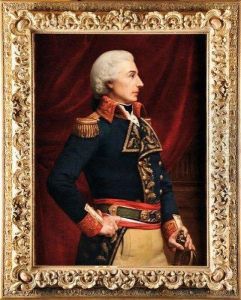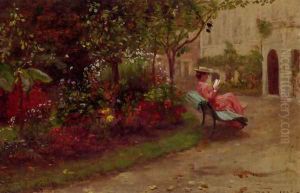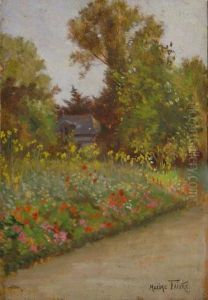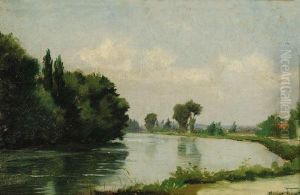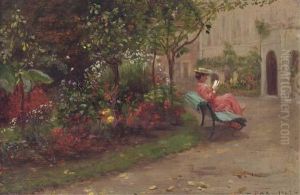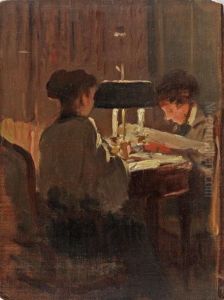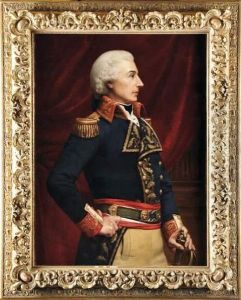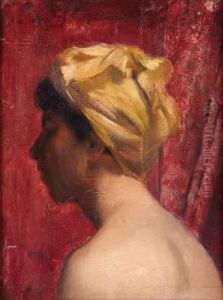Maxime Faivre Paintings
Maxime Faivre was a French artist born on March 12, 1866, in Besançon, France. He is known for his work as a painter, primarily focusing on genre scenes, landscapes, and still-life compositions. His style was influenced by the academic traditions of the 19th century, but he also incorporated elements of Impressionism and Post-Impressionism into his work.
Faivre studied at the École des Beaux-Arts in Paris, which was the premier art institution in France at the time. There, he was a student of well-known artists like Alexandre Cabanel and William-Adolphe Bouguereau, who were famous for their finely detailed and idealized approach to painting. This academic training provided him with a solid foundation in traditional techniques and the principles of classical art.
Throughout his career, Faivre exhibited his work at various salons and exhibitions, such as the Salon des Artistes Français, which was an annual event showcasing the works of French artists. His paintings often depicted everyday life, capturing scenes of the countryside, serene domestic interiors, and quiet moments of leisure. Faivre's art was appreciated for its delicate use of color, attention to detail, and the tranquil atmosphere it conveyed.
Maxime Faivre's artistic output was not limited to painting alone. He also explored other mediums such as watercolor and drawing. Despite his adherence to academic standards, Faivre showed an interest in the changing trends of the art world, and his later works display a looser brushwork and a brighter palette, suggesting the influence of the Impressionists.
Faivre's work was moderately successful during his lifetime, and he garnered respect from his peers and art collectors. However, he did not achieve the same level of fame as some of his contemporaries. Nevertheless, his contribution to French art in the late 19th and early 20th centuries is recognized, and his works can be found in private collections and regional museums in France.
Maxime Faivre passed away on February 2, 1943, in Neuilly-sur-Seine, near Paris. While he may not be a household name today, his paintings continue to be appreciated for their quiet beauty and the glimpse they provide into the life and culture of his era.
